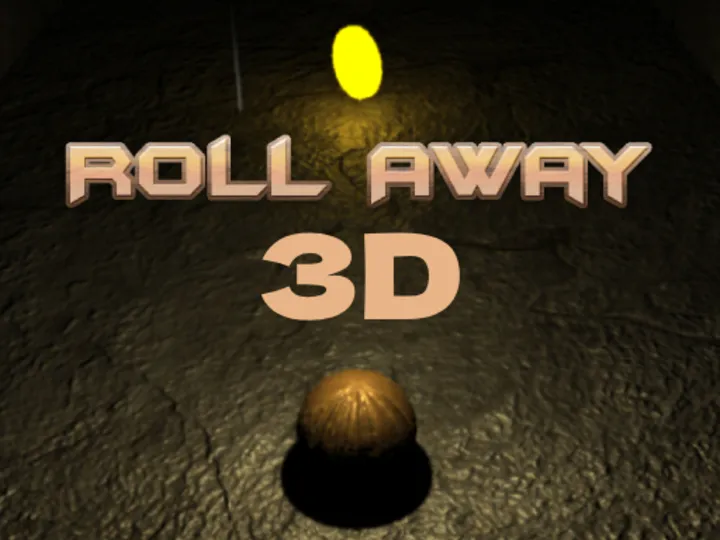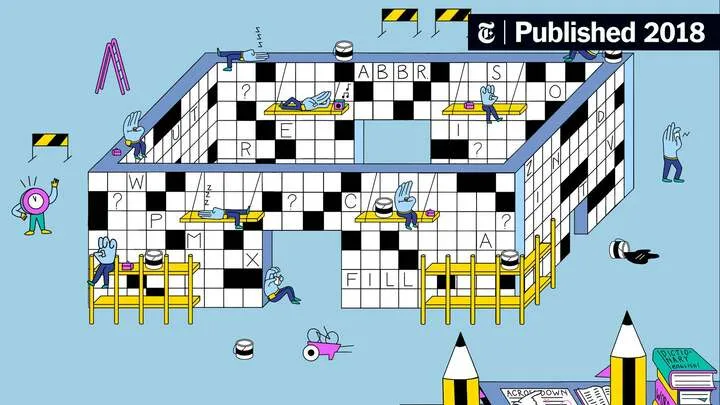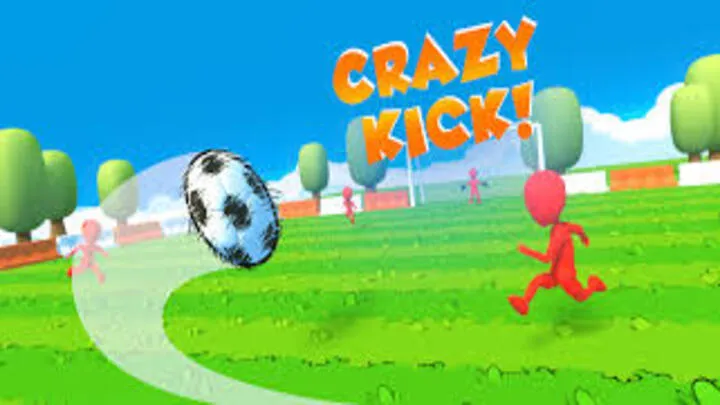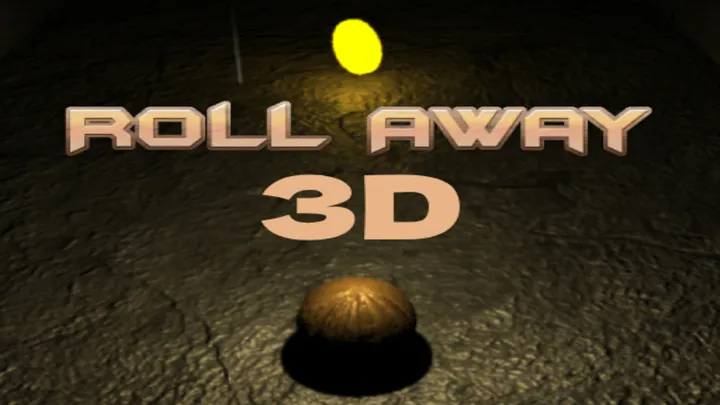Roll Away 3D appears, at first glance, to be a simple mobile game about rolling a ball across platforms. But beneath the bright colors and rapid-paced levels lies a deeply engineered psychological framework built around momentum, failure correction, and perceptual rhythm. This game challenges players not only with speed and obstacles but with subtle cognitive demands that shape how they interpret motion, timing, and decision-making.
This article will explore one specific theme within Roll Away 3D: the psychology of momentum. Instead of looking at general gameplay, this analysis dives into how momentum influences level design, pressure cycles, player learning curves, and the “flow state” the game facilitates. It also examines why certain players progress rapidly while others plateau—often without realizing the mental patterns holding them back.
Momentum as the Core Mechanic

Momentum is not just the speed of the ball. In Roll Away 3D, it becomes the invisible force that shapes every successful and failed attempt. It dictates how fast players must react, how quickly they adjust direction, and how they perceive space in motion.
The game exploits the sensation of acceleration to create tension. When players gain too much speed, obstacles become nearly impossible to avoid. When they slow down too much, they risk mistiming jumps or falling behind the level’s intended rhythm. This delicate balance creates a constant psychological tug-of-war between caution and thrill.
Momentum also functions as a reward cycle. Every smooth transition or perfectly timed shift reinforces the player with a sense of control. This emotional response—micro-satisfaction—is what keeps players engaged even after repeated failures. The developers understand that momentum itself can feel like success, and they use it to anchor the player’s continued attempts.
The Role of Environmental Rhythm
Roll Away 3D’s levels are constructed around rhythm—patterns of movement and stillness that form the basis of intuitive play. Instead of static obstacles, many challenges move in predictable cycles.
When players learn the “beat” of a level, their movements become synchronized with the environment. This synchronization naturally drives the player into a state of flow, where decisions feel effortless and fast. The sensation is similar to tapping your foot to a song without consciously thinking about it.
However, rhythm also becomes a psychological trap. When the rhythm breaks—through sharp turns, sudden jumps, or deceptive platform spacing—it disrupts player confidence and resets their internal pacing. The game intentionally inserts these rhythm breaks to test adaptability, forcing players to recalibrate their instinctive timing patterns.
Cognitive Load and Decision Timing
Every moment in Roll Away 3D adds to the player’s cognitive load. They must judge speed, distance, angle, and obstacle movement in real time.
The game cleverly manages this load by merging information. For example, visually contrasting colors highlight safe paths, while sharp geometry signals danger. Players quickly learn to process these cues instinctively, reducing mental effort and enhancing reaction time.
This rapid decision-making becomes a form of “visual compression,” where the brain condenses incoming data into actionable motion. But this also creates a vulnerability: when levels introduce conflicting cues or intentionally misleading visuals, the cognitive load spikes. Many failures aren’t purely mechanical—they happen because the brain momentarily misreads the scene.
Flow State and Its Interruptions

Roll Away 3D is a masterclass in generating flow—a mental state of complete focus where actions feel automatic.
Flow emerges when difficulty and skill align. The game ramps both simultaneously, creating a near-perfect blend of challenge and mastery. Smooth runs produce euphoria; players feel in command of every roll.
Interruptions, however, are devastating. One slight misstep, one moment of hesitation, one unexpected shift in terrain—and the flow shatters. The game then forces players to confront the frustration of losing rhythm. These emotional spikes are intentional design choices. The developers know that breaking flow may cause momentary irritation, but rebuilding it produces stronger engagement and longer play sessions.
Spatial Awareness in Motion
Unlike static platformers, Roll Away 3D requires the player to process space while moving at high speed.
Players must construct a mental layout of the path ahead, predicting angles, distances, and the acceleration that will carry them from one platform to another. As momentum increases, the perceived space changes. Platforms appear closer, obstacles feel faster, and turns seem sharper.
This distortive effect trains players to make predictions rather than reactions. Skilled players don’t respond to obstacles—they anticipate them. This difference separates beginners from experts. Beginners stare at the immediate path; experts see the entire sequence unfolding.
Error Patterns and Correction Cycles
Failure in Roll Away 3D rarely comes from a single mistake. Rather, it arises from a chain reaction of small misalignments.
For example, turning slightly too late on one platform might not cause immediate failure. But it shifts the ball’s angle, which alters the next landing, which then increases or decreases the ball’s speed unexpectedly. After three or four subtle missteps, failure becomes unavoidable.
This phenomenon creates correction cycles. Skilled players detect the early signs of error—drifting, overshooting, under-turning—and compensate mid-run. Unskilled players often react only when the mistake becomes catastrophic. The difference lies in micro-awareness: the ability to feel the momentum shift and correct it before it compounds.
Designing Tension Through Acceleration
Roll Away 3D’s challenge builds not from complexity but from acceleration.

As the ball speeds up, two psychological effects occur:
- The player’s sense of time compresses.
- Their reaction window narrows.
This creates tension without the need for overwhelming obstacles. Even a simple straight path becomes stressful when the ball moves too quickly. Players instinctively hold their breath, tighten their grip, and mentally brace for impact.
The game designers use this tension cycle repeatedly. They introduce fast segments to spike adrenaline, then slow segments to calm players and let them recover. The cycle keeps the emotional pacing fresh and prevents monotony.
Adaptive Difficulty Through Player Momentum
Roll Away 3D secretly adjusts difficulty based on how fast the player is moving.
Momentum becomes an unofficial difficulty slider. Players who move slowly experience tighter turns and more precise jumps. Players who move too quickly face less control but more forgiving platform spacing.
This adaptive difficulty is subtle but transformative. It ensures that every player, regardless of skill level, encounters friction that feels personally tailored. Momentum becomes both a personal challenge and a built-in difficulty modifier.

Memory, Muscle Learning, and Level Familiarity
Repetition breeds mastery in Roll Away 3D, but not through memorizing layouts alone.
Muscle learning is deeply tied to momentum. The body remembers the feel of a level—when to accelerate, when to bank the ball, when to brace for sudden shifts. Players often cannot describe how they complete difficult segments; their bodies simply know.
Memory becomes predictive. The brain constructs a “momentum map,” remembering not just where obstacles are, but how fast the ball should be when approaching each one. This form of embodied memory is why players who quit mid-level often struggle when returning later—their momentum map hasn’t fully reactivated.
Conclusion
Roll Away 3D’s true complexity lies not in its visuals or straightforward movement, but in the invisible psychological systems built around momentum, rhythm, tension, and perception. Players learn without noticing, adapt without consciously analyzing, and improve by feeling rather than memorizing.
Momentum becomes more than a mechanic—it becomes the language through which the game communicates challenge and mastery. By understanding how these psychological forces shape gameplay, players can appreciate Roll Away 3D not as a simple rolling game, but as a deeply engineered cognitive experience that tests intuition, reaction, and mental rhythm.

















